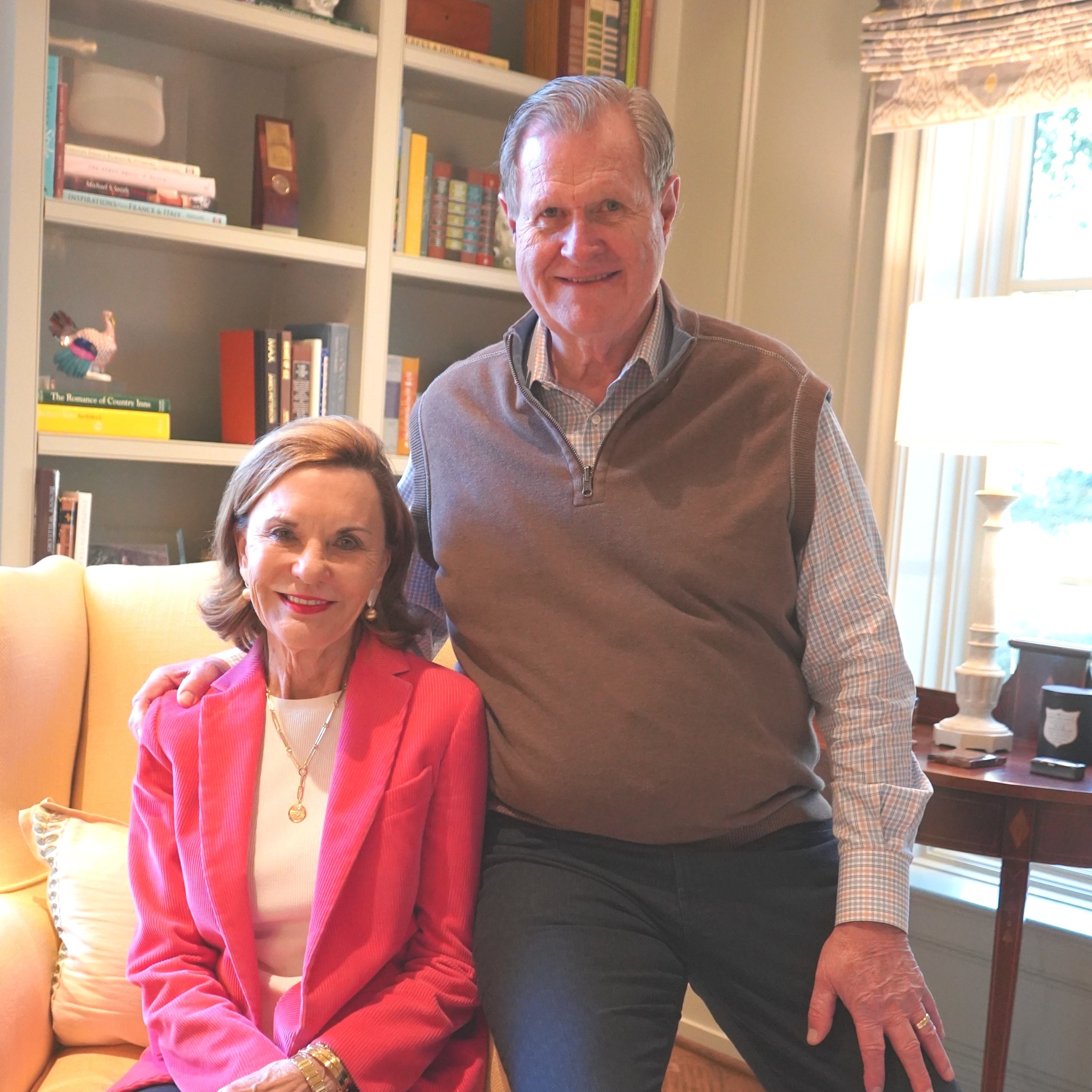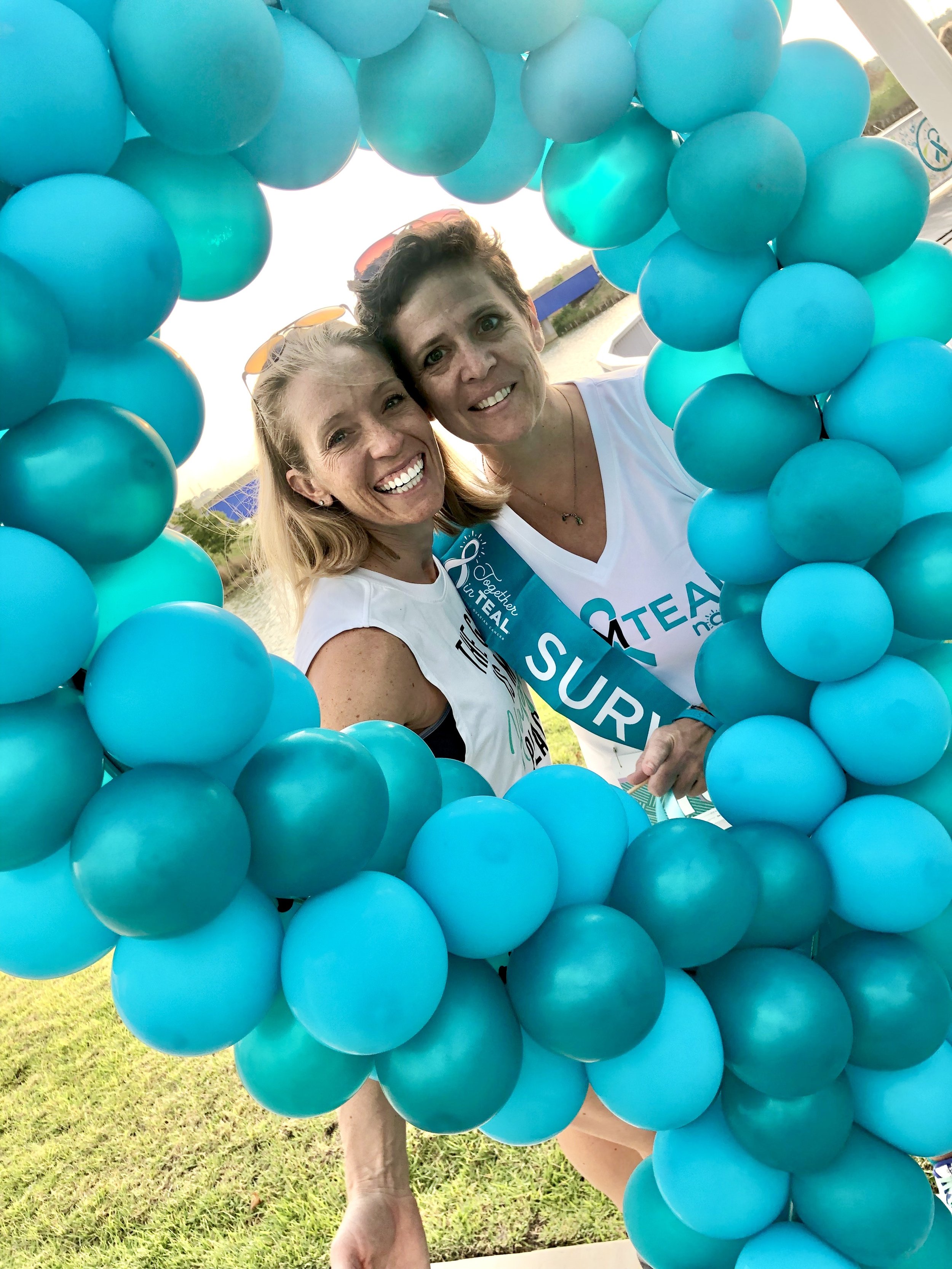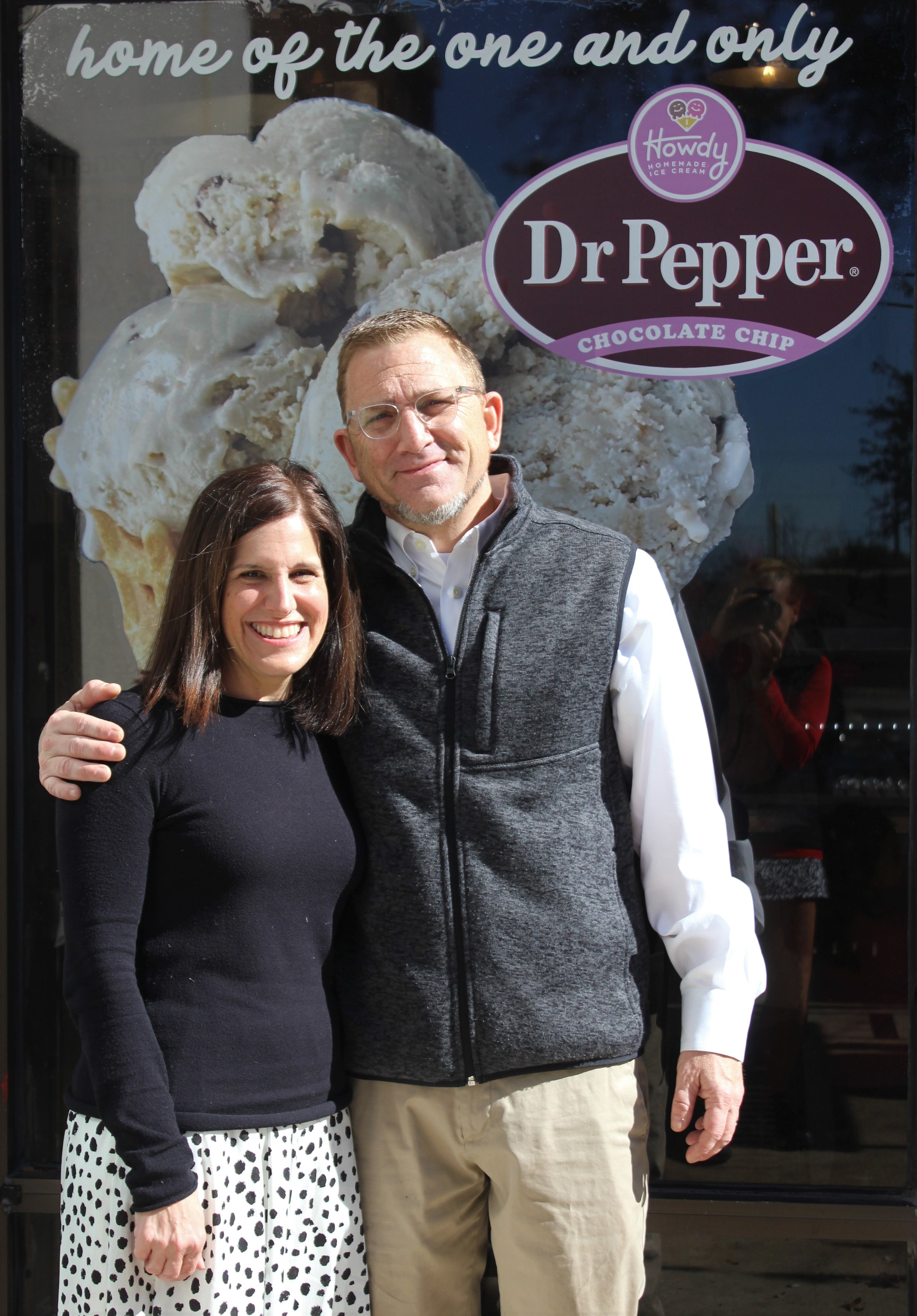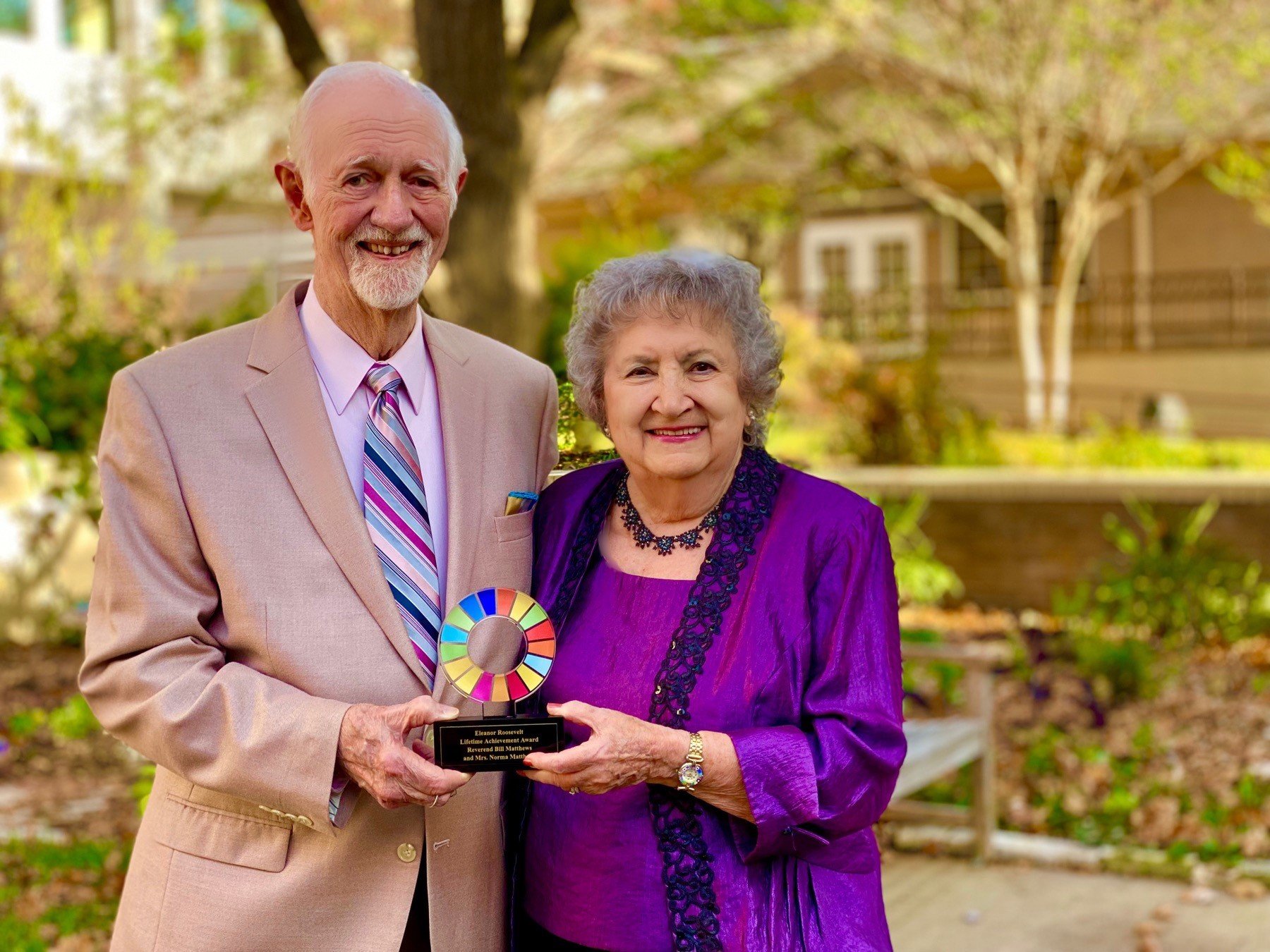Story by Pam Higginbotham. Photos courtesy of Claudia Beeny.
“What’s YOUR shine?” That is a question that Claudia Beeny, Ph. D., founder and CEO of House of Shine, is helping people answer. She is the author of a book titled with that very question and has a passion for walking with others as they discover their unique gifts and abilities. The word shine is very symbolic to her as each letter of the word SHINE has a meaning: Strengths, Hobbies, Interests, Needs and Experiences. Claudia believes that those words represent the information needed to find direction and purpose in life, otherwise known as “shine.”
Brought to life from an idea Claudia had in her mind for years, a physical space is now a reality in the heart of Grapevine. It is a literal House of Shine, where people of all ages are welcome to discover different parts of their “shine” through interactive learning stations. The decor is bright and cheerful, with sunny yellow displays and many bright colors. Artwork decorates the walls and abundant windows invite the natural light to shine inside. The well-designed space reflects warmth, creativity, and community.

Outside House of Shine in Grapevine, Texas. Photo by Hoyoung Lee.
Each area in the House of Shine serves a special purpose. In addition to the interactive learning stations, there is a casual gathering space that welcomes anyone in the community to come visit with a friend, create, or to just enjoy a cup of coffee and relax. There is a classroom dedicated for monthly seminars and learning events that can also be used for larger group gatherings. Nestled in the corner, a very unique merchandise display provides an opportunity to purchase books of self-discovery, shirts and various items that include the cheerful Shine logo.
Claudia didn’t always know that she would one day create something like the House of Shine. She dedicated over 25 years to her career in higher education but her journey would lead her down another creative path. Looking back on her childhood, she recalls, “I played school with my best friend so I guess you could argue I was teaching from the very beginning. I used to write short stories and plays that we delivered on the steps of our house. So, there are traces of all the things I do today that were evident in my life as a young person. We’re essentially born with innate talents and gifts, and when given the opportunity, they want to express themselves. When we foster them, if you will, or feed them, they grow stronger.”
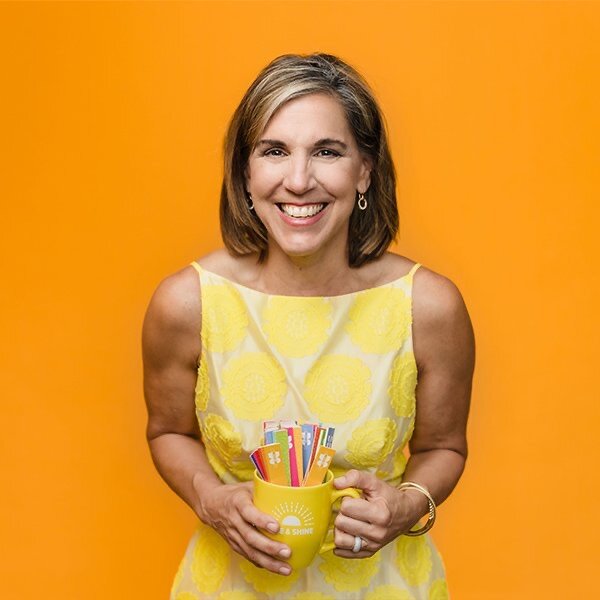
Photo by Hoyoung Lee.
Creativity and simplicity were part of family life for Claudia and she is grateful for that. “I feel lucky to have grown up at a time when there was not all of this technology,” she says. “My mom was kind of a creative and my dad, I think, was a creative, but not so much like grand pieces of art or sculpture or anything like that. My mother had just a really nice aesthetic taste and sensibility. She gardened and she made the dinner table look beautiful. So, I feel lucky that was the backdrop against which I grew up.”
Claudia laughs when recalling a photo of when she was young. She was pointing her finger and obviously bossing a group of other children around but quickly adds, “I was not over-the-top, I was actually shy. That plays an important role because it’s what I think led to why I became a resident assistant (RA) in college. I became an RA because I knew that I needed it, in order to meet people and to make friends, because on my own it was much harder for me. Having that title really gave me a reason, and almost a responsibility, to meet people and connect people and community. I think that’s what really ignited me. That’s when I realized there were so many things about it that I loved.”
During her time at Arizona State University, Claudia was able to explore and use her natural talents and abilities. She enjoyed being in charge of building community, leading, being a resource and planning programs for 75 young women on her floor. “I had all kinds of autonomy and latitude to create for my residents, whatever experience it was that I wanted to create for them,” Claudia says. “The floor was like a canvas to me, and it just allowed me to let loose, doing a lot of the things that I just am innately wired to do. So that was a really important experience because I think it gave me a taste of all of that creating and building community, leading-all the things that I still do today.
Claudia also learned valuable lessons about creating community through a program called Semester at Sea. The traveling university took college students around the world aboard a large ship, stopping in countries along the way and using the world as a classroom. “So, I’m now even more, looking at and understanding the anatomy of community,” she says. “What happens? How does it get built from nothing? You get on the ship and you don’t know a single person, and you get off the ship 101 days later and you are the best of friends who are just sure you’re going to stay friends for life.”
Having felt the same way so many college students do, Claudia described her initial college experience as “grinding through it, just checking boxes and trying to get it done.” She wandered like many others.“How do you take a 17 or 18 year old and put them on a college campus with an infinite number of choices of majors and degrees and think they have any basis for making a decision?” Claudia asks. “So, I was one of the lucky ones because I actually stumbled into doing something that I really loved and then someone thought to tell me that I could do that.”
When Claudia was told that she could actually have a job similar to an RA as a career, she couldn’t believe it. “I said ‘You have got to be kidding me! No way, like what? Sign me up!’ I just immediately knew that that was something that I was going to be interested in because I loved being an RA and I just wanted to do that all day.” With this information, Claudia was introduced into the world of Student Affairs and decided to enroll in graduate school at the University of Georgia. Getting a degree in College Student Personnel turned out to be a great decision. “It was an absolute perfect fit for me” Claudia says, “because it was getting to do more of everything that I already loved. I supervised residence halls so again, I was leading, but at a high level, and was working in Residence Life. My job was to help create the residential experience for students.”
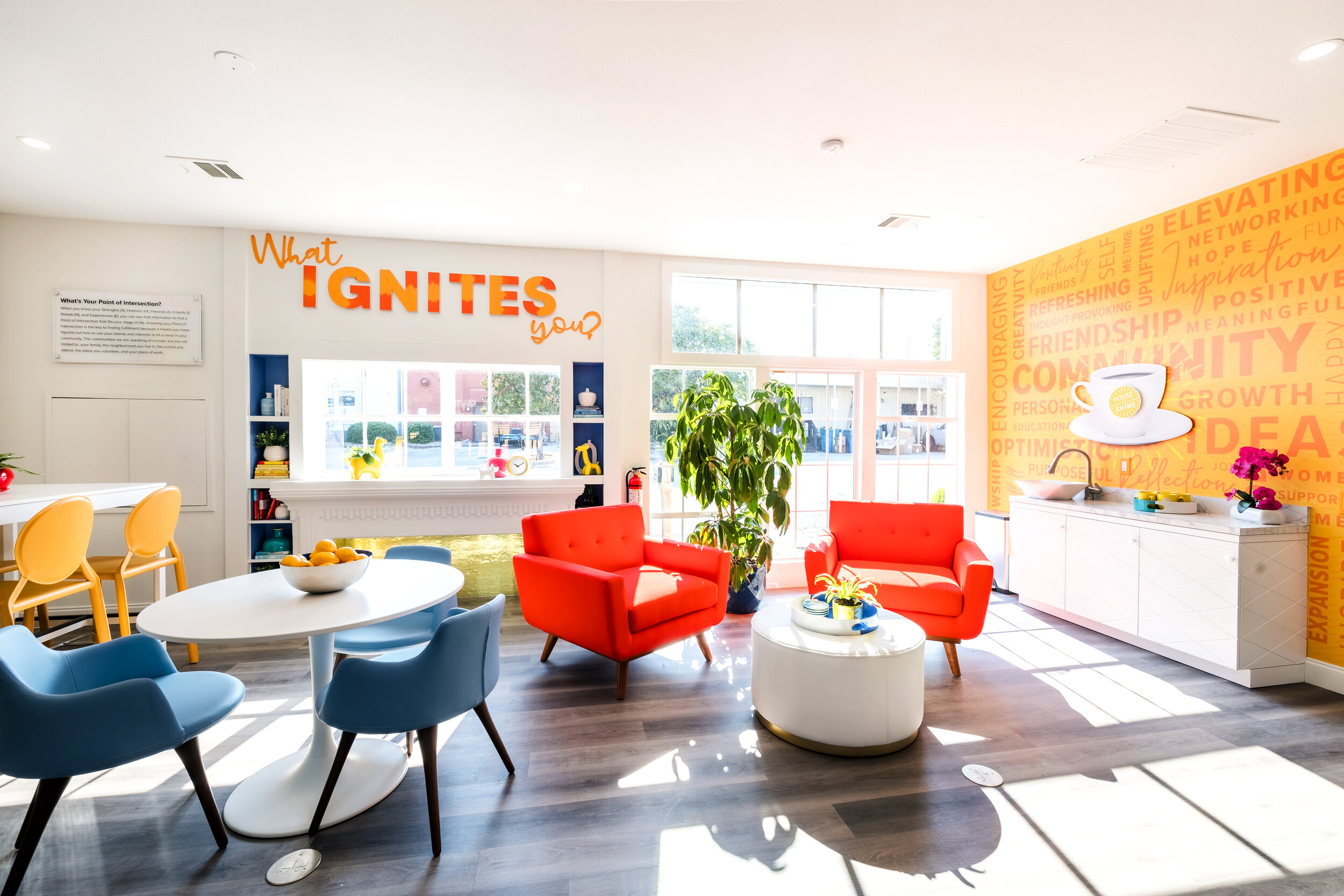
The common room at House of Shine. Photo by Hoyoung Lee.
Training provided an important foundation during Claudia’s time as a Hall Director at Miami University in Ohio. “When I became a hall director, supervising staff, I was facilitating a lot of training,” Claudia says, “and that’s teaching, which is essentially what I do today.” It was then that she co-authored a leadership model called BASIC: Building A Strong, Involved Community. It was designed for college students around the country to use while trying to build community with the students who live on their floors. The model was adopted by the national association which led to Claudia doing training in various college campuses around the country. After doing that for many years, she accepted a job at SMU. Instead of working in residence life, she was working in orientation. Now her job was to welcome new students to the university and fold them into the community, rituals and traditions and rites of passage as part of the college student experience.
Claudia married her husband, Richard, during her time at SMU. They started a family and eventually, when they welcomed their second son, Claudia decided to stay home for a period of time. Blogs at that time were a new concept and one of her employees came into the office and unexpectedly announced she was addicted to them. After hearing the explanation of what blogs were, Claudia dismissed it. “I didn’t get it,” she says. “I wasn’t super techie or into that kind of stuff at all.” She also didn’t have much confidence in her writing skills but really liked the idea of expression. “I don’t know that I would ever say I was a great writer, but I enjoyed the act of writing, because it’s about stringing thoughts together and that to me feels like a creative endeavor.”
One of her former students taught her to blog and she posted the very next day. Claudia’s friends urged her to write her creative ideas down so they would have access to them after she moved. “It must have computed with me because I did, I started a blog and my whole purpose was to write one share, one creative idea a day for a year, never repeating the same idea twice.” Claudia added “I thought I was going to do it for one year. I thought Oprah was going to discover me and this could be on a show and it would be I write a book and it’ll be off to the races.” She laughs, “But it didn’t happen.”
Writing every day for six and a half years, Claudia learned her thoughts became very cohesive and noticed patterns and trends in her thinking. “I was always really writing about excellence, just observing it in the world around me,” she says. “Then I was sharing creative ideas around how to reward and recognize people in their corner of the world who are doing excellent things, whether it was the barista, the person at your child’s daycare, a little league coach or your neighbor. It didn’t matter. So, a lot of my creative ideas were about things that you could then give away to say, essentially, ‘You Shine’, although at the time I wasn’t using any of that language. It was a completely different concept at the time. Eventually, I did say ‘Why can’t people just shine their light?’ with a friend of mine. That was kind of the first time I assigned that word.”
>
“At the base of what we’re doing is building a vibrant community of people who have contributions to make. So we needed a physical space where people can gather to discover who they are and why they matter.”
Claudia came up with the idea of creating a K-12 curriculum, and once she started writing it, her blog posts came to an end. She began teaching the program in her own children’s classes and occasionally to a friend’s class. Word spread quickly and excitement about the program gained momentum. This introduced the K-12 program into schools. Claudia shares “It was just the repeated nature that gave birth to all of the ideas in the House of Shine and so after 12 years, we were to that point of delivering our curriculum in schools.” The road to getting her program into schools had not been easy, but Claudia firmly believed in her curriculum. “I always say, content knowledge, reading, writing, arithmetic, all of it is very important. But, content knowledge, void of knowledge of self, is just nothing,” Claudia says. “It’s lackluster, there’s no foundation. So, the combination of knowledge of self, and content knowledge is really what we need to be instilling in our young people to raise passionate citizens who believe they can make a difference in their corner of the world.” They want to because it’s something that they’ve discovered they care about, or that they’re good at.”
“I had this kind of aha moment that I was looking at it all wrong,” Claudia says. “I convinced myself that I needed to log a certain number of years in school and achieve a certain level of success in that arena before I could ever think about opening up the physical space. Then, I realized I was looking at it wrong and I actually needed to open the space if I ever wanted to make headway in schools.”
The decision was made to open the House of Shine right in the middle of the pandemic. This was not an ideal time but Claudia realized she could not wait for the perfect time to open. “I liked to get up every day to go there and build this place in the middle of the darkest time. It was such a privilege and a great way to spend this pandemic,” she says. “It was the antithesis of what was going on in the world around us so that felt great. We were slow in the beginning, because people weren’t getting out. It was really exactly what we needed in order to get our feet beneath us to figure out how to run a facility, get to know our Grapevine neighbors, and introduce ourselves slowly to city representatives and local schools.”
Claudia admits that it was scary to go from everyone working in her house with no overhead, rent or anything else to taking on a physical location. “I just believed that I would quickly ask myself what took me so long,” she says. ”At the base of what we’re doing is building a vibrant community of people who have contributions to make. So we needed a physical space where people can gather to discover who they are and why they matter.”
“When I was an RA in college, I learned quickly that the vibrancy of my community was going to depend on my ability to involve and engage with students who are living on my floor.” Claudia said. This is how she feels about the House of Shine and wants to create that vibrancy within the community. “I am a lover of community,” Claudia says. “I believe in the power of community. I see all kinds of reasons why the fabric of community is breaking down, and it has everything to do with the amount of time that we spend alone by ourselves on screens, or in these kind of virtual relationships that we think are valuable, but are not with the same richness of face to face. So, I believe that we need people intentionally focused on building healthy, vibrant, positive communities. And that really is, again, at the end of the day what the House of Shine is, and it builds community, literally from the ground up, using only the talents and strengths of the people who enter the community.”
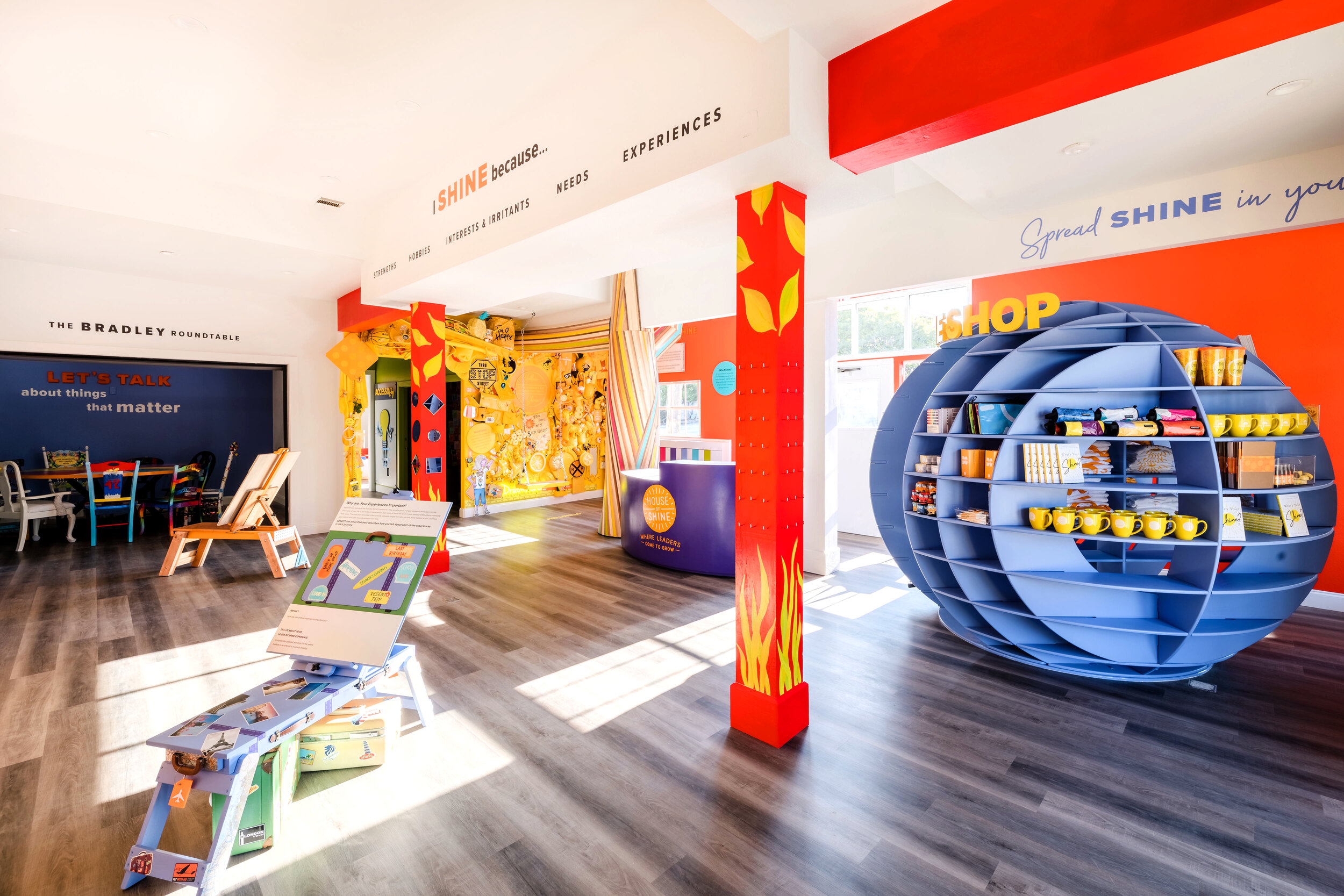
The shop at House of Shine. Photo by Hoyoung Lee.
Plans for expansion are in the works for the House of Shine. “When I think about the future of the House of Shine, I feel really strongly that I can see these in major cities across the country,” Claudia says. “I would love it if there was a House of Shine in every major city around the country, using our curriculum and our content and our methods, and our philosophy, to engage community members in discovering who they are and how to utilize who they are to help improve their corner of the world, their community.”
Claudia sums up a very important aspect of the House of Shine, saying, “One of the things that we do is create confident decision makers. So, I always say, at the end of the day, the more you know about yourself, the better able you are to confidently make decisions about your future. COVID has created a scenario whereby most all of us are in some kind of transition. I feel like one of the benefits of what we do is to help you make sense of what it is that you know about yourself, or what it is that you’re learning about yourself, and we do it in a myriad of ways. It’s much easier to set a new course when you know who you are.”
The House of Shine began with a simple blog and a creative vision. After becoming a much needed bright light in the middle of a global pandemic, it will continue to shine and light the way for people to discover who they are and why their contribution to the world matters.
The House of Shine welcomes volunteers for various projects at their location on 334 S Barton Street in Grapevine. Visit their website at houseofshine.com to register as a volunteer or to learn more about what they have to offer as well as a list of upcoming events.
Featured
Pam is a creative soul who has a passion for telling people’s stories. Spotlighting inspiring people doing good in the world is truly an honor for her. She enjoys spending time with her rescue dog and guinea pig, Rocky and Peppy, and nurtures her love of photography by adding to the 98,112 photos already on her iPhone.
More Good Stories
Featured
When Kathy and Larry Helm heard about The Senior Source’s 60th Birthday Diamond Dance-Off, they knew they had to put on their dancing shoes! For the Helms, this event combined two of their passions into one. Celebrating and supporting The Senior Source, a Dallas-area nonprofit that has been serving older adults for 60 years, and dancing together, which they have been doing since they were high school sweethearts. Both Kathy and Larry have chaired the board of directors of The Senior Source and have been proud supporters since 1998. It seemed only fitting they should be voted into the finals to dance on stage at Klyde Warren Park this past summer.
In 2020, more than 912,000 women were diagnosed with some form of cancer in the United States alone. During that same pandemic year, countless medical appointments were canceled while people were social distancing, and yet still each day nearly 2,500 women heard the news, “you have cancer.” There is no doubt that these words can be crushing to hear, but what’s equally crushing is the lack of tangible, encouraging support that exists to help women feel beautiful, strong or “normal” before, during and after cancer treatment.
When Tom Landis opened the doors to Howdy Homemade in 2015, he didn’t have a business plan. He had a people plan. And by creating a space where teens and adults with disabilities can find meaningful employment, he is impacting lives throughout our community and challenging business leaders to become more inclusive in their hiring practices.
Have you ever met someone with great energy and just inspired you to be a better you? Nitashia Johnson is a creator who believes by showing the love and beauty in the world it will be contagious and make an impact. She is an encourager and knows what “never give up” means. Nitashia is a multimedia artist who works in photography, video, visual arts and graphic design. Her spirit for art and teaching is abundant and the city of Dallas is fortunate to have her in the community.
The United Nations Association Dallas Chapter (DUNA) honored Rev. Bill and Norma Matthews for their ongoing commitment, helping advance the United Nations Sustainable Development Goals agenda by promoting peace and well-being.

